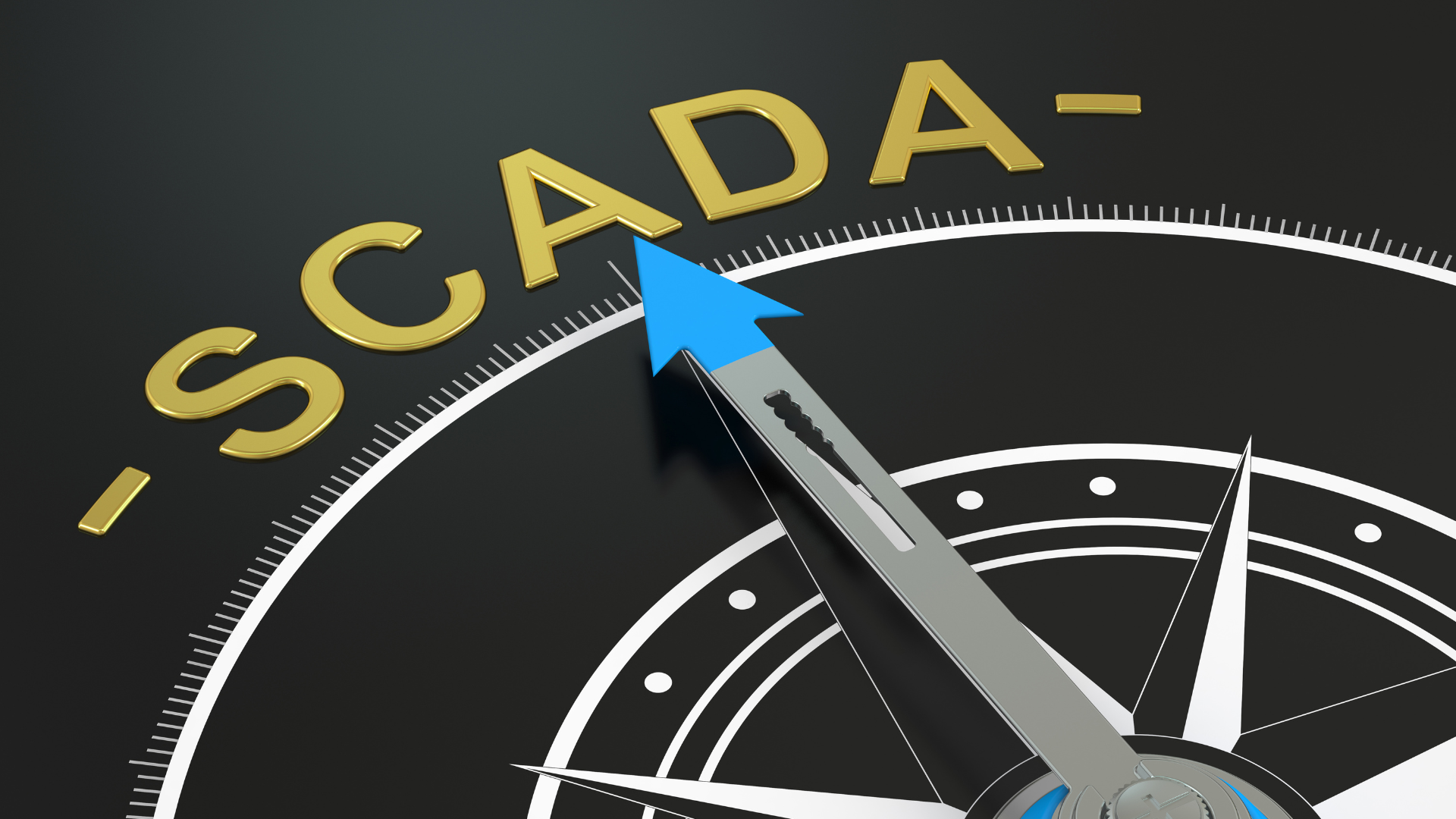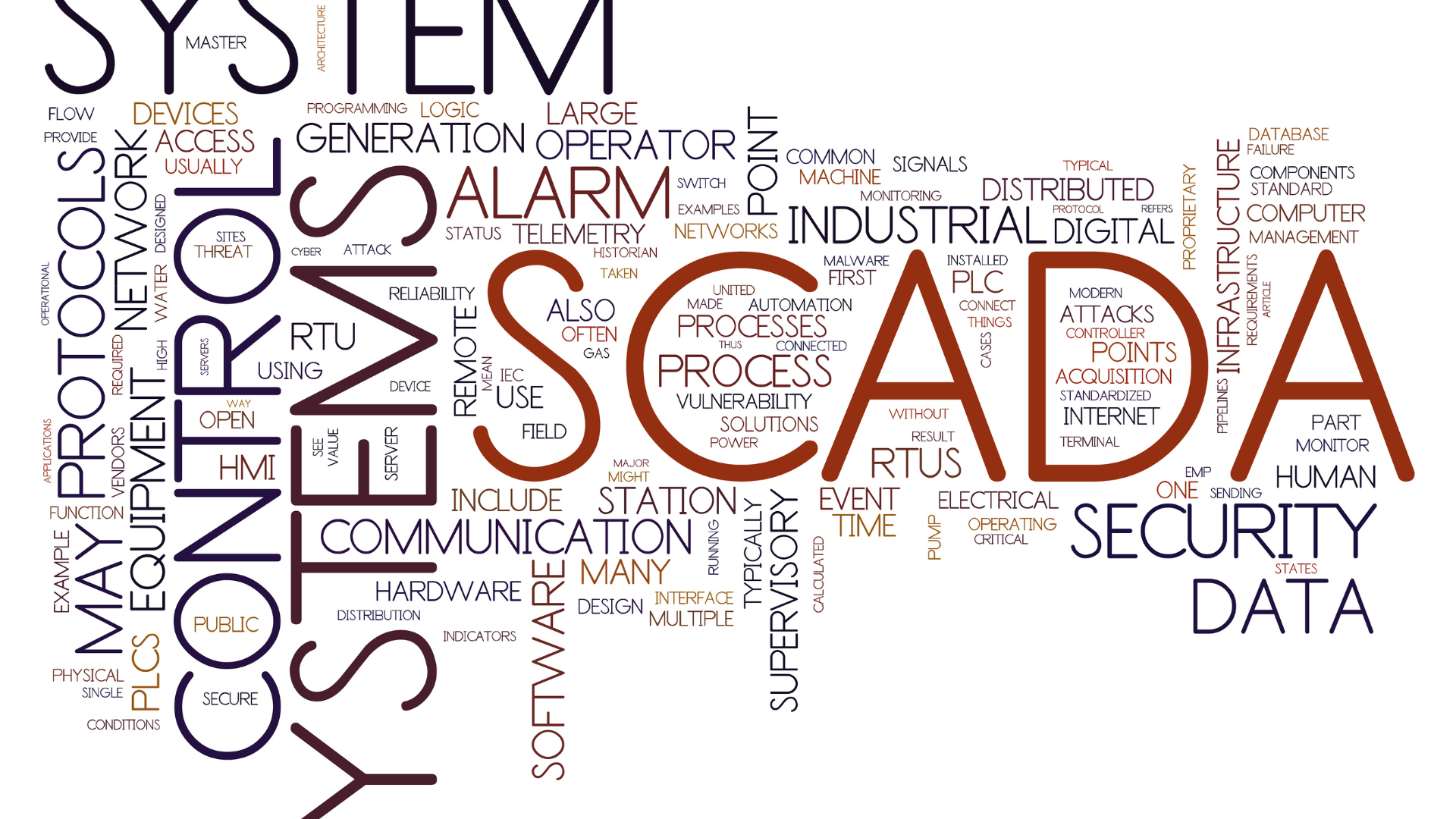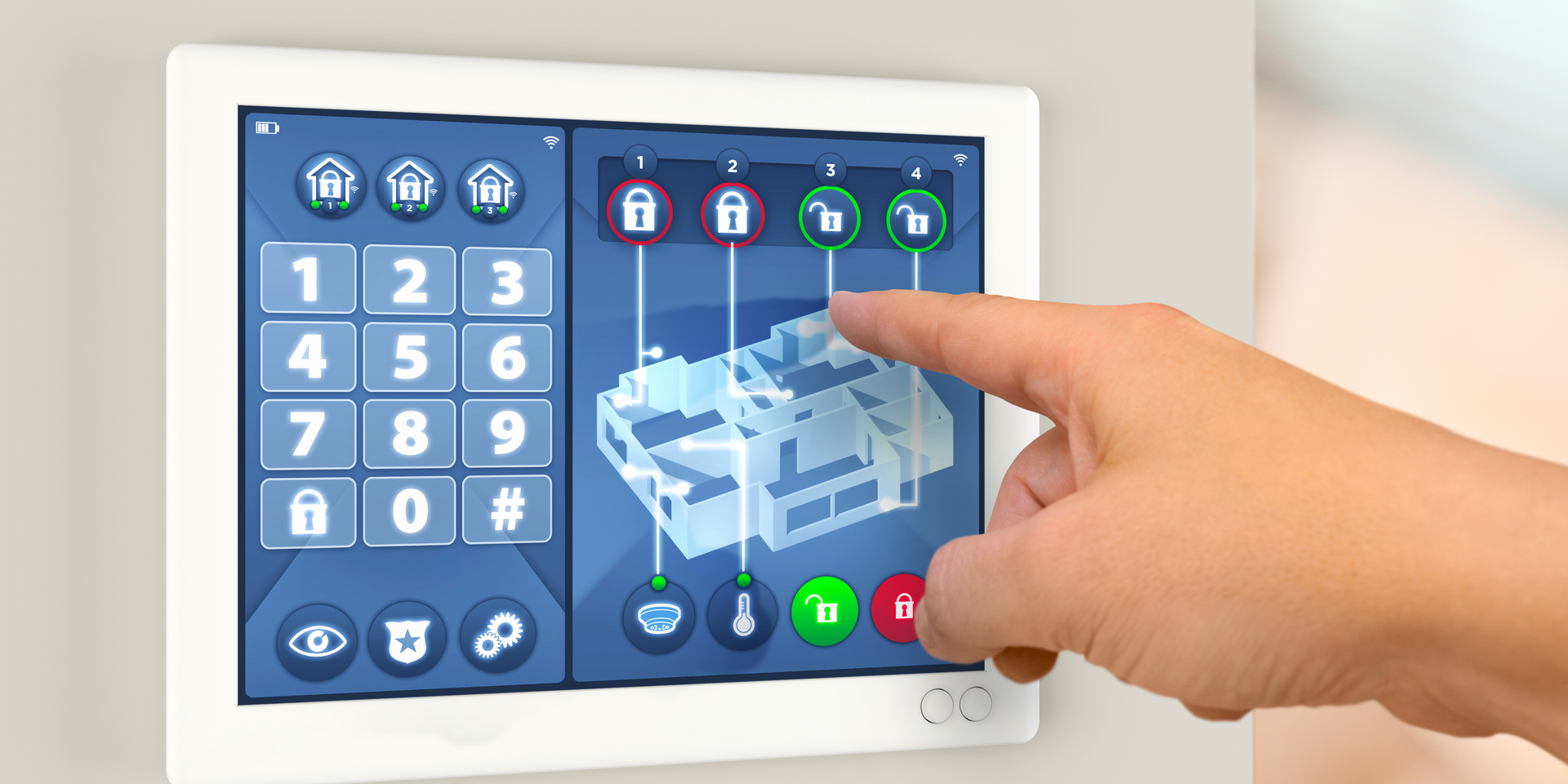What Are the 3 Main Functions of SCADA System?
What Are The 3 Main Functions of SCADA System
SCADA System (Supervisory Control and Data Acquisition) performs three main functions in industrial automation: monitoring, control, and data acquisition. First, it continuously monitors equipment and processes across various locations, providing real-time visibility into operations. Second, it allows operators to control and adjust systems remotely, ensuring that processes run smoothly and efficiently. Lastly, SCADA collects and stores data from sensors and devices, enabling analysis and reporting to optimize performance and support decision-making.
SCADA Software
SCADA software is a critical component of industrial automation systems, designed to monitor, control, and manage operations across various sites. It provides real-time data visualization, enabling operators to oversee processes, identify issues, and make adjustments remotely. By collecting and analyzing data from sensors and devices, SCADA software helps optimize performance, improve efficiency, and ensure the smooth operation of industrial systems.
Function of SCADA System
The function of a SCADA system (Supervisory Control and Data Acquisition) is to monitor, control, and manage industrial processes in real-time. It provides operators with visibility into operations, allowing them to supervise equipment and processes remotely. SCADA systems also collect and analyze data from various sensors, enabling quick decision-making, optimizing performance, and ensuring the efficiency and safety of industrial operations.

What Are The Three Main Components of SCADA?
SCADA Block Diagram With Explanation PDF
SCADA block diagram visually represents the structure and flow of data within a SCADA system. It typically includes key components like the Human-Machine Interface (HMI), Remote Terminal Units (RTUs), Programmable Logic Controllers (PLCs), communication networks, and sensors. The diagram illustrates how these components interact to monitor and control industrial processes. The PDF format allows for detailed explanation and easy sharing, making it a valuable resource for understanding the layout and functionality of a SCADA system.
SCADA components and functions PDF
A "SCADA Components and Functions PDF" provides a detailed overview of the essential components within a SCADA system, such as the Human-Machine Interface (HMI), Remote Terminal Units (RTUs), Programmable Logic Controllers (PLCs), and communication networks. Each component is explained with its specific function, like how HMIs allow operators to monitor and control processes, or how RTUs and PLCs gather data from sensors and execute commands. The PDF format offers a comprehensive and organized resource for understanding how these components work together to ensure efficient and reliable industrial automation.
What Are The 4 Functions of SCADA
The four main functions of a SCADA system are Data Acquisition, Monitoring, Control, and Data Analysis. Data acquisition involves collecting real-time data from sensors and devices throughout the system. Monitoring allows operators to visualize and track the status of processes and equipment. Control enables remote management and adjustments of system operations. Lastly, data analysis involves processing and analyzing the collected data to optimize performance, improve efficiency, and support decision-making.
SCADA PDF Free Download
A "SCADA PDF Free Download" provides a comprehensive guide on Supervisory Control and Data Acquisition (SCADA) systems, covering key concepts, components, and functions. These PDFs typically include detailed explanations, diagrams, and real-world examples to help users understand how SCADA systems work in industrial automation. By offering a free download, these resources are easily accessible for students, engineers, and professionals looking to deepen their knowledge of SCADA without any cost.
What Are The Three 3 Types of SCADA
1. Monolithic SCADA systems are early standalone systems where all functions were integrated into a single mainframe, offering basic data collection and control.
2. Distributed SCADA systems improved on this by decentralizing functions across multiple systems, each performing specific tasks and communicating with each other, allowing for greater flexibility and reliability.
3. Networked SCADA systems are the most advanced, using modern networking technologies to connect various components over large distances, enabling real-time data sharing and control across multiple locations.
SCADA PDF notes
"SCADA PDF Notes" provide a concise and organized collection of information about Supervisory Control and Data Acquisition (SCADA) systems. These notes typically cover key topics such as SCADA components, functions, architecture, and real-world applications. They are designed for students, engineers, and professionals who want a quick reference or study material, offering detailed explanations, diagrams, and summaries in an easily accessible PDF format.
What Are The Three Primary Subsystems of a SCADA System
The three primary subsystems of a SCADA system are Supervisory Control, Data Acquisition, and Communication.
- Supervisory Control involves the central system that monitors and controls various processes, often through a Human-Machine Interface (HMI).
- Data Acquisition refers to the collection of real-time data from sensors and devices in the field, typically managed by Remote Terminal Units (RTUs) or Programmable Logic Controllers (PLCs).
- Communication is the infrastructure that enables data transmission between the field devices and the central control system, ensuring seamless monitoring and control across the entire network.
SCADA system components PDF
A "SCADA System Components PDF" provides a detailed breakdown of the essential elements that make up a SCADA system. This PDF typically includes explanations of key components such as Human-Machine Interfaces (HMI), Remote Terminal Units (RTUs), Programmable Logic Controllers (PLCs), and the communication networks that link them. The document serves as a comprehensive resource for understanding how these components work together to monitor, control, and optimize industrial processes, making it valuable for students, engineers, and professionals in the field of automation.

What Are The Three Main Components of SCADA?
SCADA Block Diagram With Explanation PDF
SCADA block diagram visually represents the structure and flow of data within a SCADA system. It typically includes key components like the Human-Machine Interface (HMI), Remote Terminal Units (RTUs), Programmable Logic Controllers (PLCs), communication networks, and sensors. The diagram illustrates how these components interact to monitor and control industrial processes. The PDF format allows for detailed explanation and easy sharing, making it a valuable resource for understanding the layout and functionality of a SCADA system.
SCADA components and functions PDF
A "SCADA Components and Functions PDF" provides a detailed overview of the essential components within a SCADA system, such as the Human-Machine Interface (HMI), Remote Terminal Units (RTUs), Programmable Logic Controllers (PLCs), and communication networks. Each component is explained with its specific function, like how HMIs allow operators to monitor and control processes, or how RTUs and PLCs gather data from sensors and execute commands. The PDF format offers a comprehensive and organized resource for understanding how these components work together to ensure efficient and reliable industrial automation.
What Are The 4 Functions of SCADA
The four main functions of a SCADA system are Data Acquisition, Monitoring, Control, and Data Analysis. Data acquisition involves collecting real-time data from sensors and devices throughout the system. Monitoring allows operators to visualize and track the status of processes and equipment. Control enables remote management and adjustments of system operations. Lastly, data analysis involves processing and analyzing the collected data to optimize performance, improve efficiency, and support decision-making.
SCADA PDF Free Download
A "SCADA PDF Free Download" provides a comprehensive guide on Supervisory Control and Data Acquisition (SCADA) systems, covering key concepts, components, and functions. These PDFs typically include detailed explanations, diagrams, and real-world examples to help users understand how SCADA systems work in industrial automation. By offering a free download, these resources are easily accessible for students, engineers, and professionals looking to deepen their knowledge of SCADA without any cost.
What Are The Three 3 Types of SCADA
1. Monolithic SCADA systems are early standalone systems where all functions were integrated into a single mainframe, offering basic data collection and control.
2. Distributed SCADA systems improved on this by decentralizing functions across multiple systems, each performing specific tasks and communicating with each other, allowing for greater flexibility and reliability.
3. Networked SCADA systems are the most advanced, using modern networking technologies to connect various components over large distances, enabling real-time data sharing and control across multiple locations.
SCADA PDF notes
"SCADA PDF Notes" provide a concise and organized collection of information about Supervisory Control and Data Acquisition (SCADA) systems. These notes typically cover key topics such as SCADA components, functions, architecture, and real-world applications. They are designed for students, engineers, and professionals who want a quick reference or study material, offering detailed explanations, diagrams, and summaries in an easily accessible PDF format.
What Are The Three Primary Subsystems of a SCADA System
The three primary subsystems of a SCADA system are Supervisory Control, Data Acquisition, and Communication.
- Supervisory Control involves the central system that monitors and controls various processes, often through a Human-Machine Interface (HMI).
- Data Acquisition refers to the collection of real-time data from sensors and devices in the field, typically managed by Remote Terminal Units (RTUs) or Programmable Logic Controllers (PLCs).
- Communication is the infrastructure that enables data transmission between the field devices and the central control system, ensuring seamless monitoring and control across the entire network.
SCADA system components PDF
A "SCADA System Components PDF" provides a detailed breakdown of the essential elements that make up a SCADA system. This PDF typically includes explanations of key components such as Human-Machine Interfaces (HMI), Remote Terminal Units (RTUs), Programmable Logic Controllers (PLCs), and the communication networks that link them. The document serves as a comprehensive resource for understanding how these components work together to monitor, control, and optimize industrial processes, making it valuable for students, engineers, and professionals in the field of automation.

What Are The 3 Key Characteristics of Processes for Which SCADA Is Most Applicable?
The three key characteristics of processes for which SCADA is most applicable are Real-Time Monitoring, Geographic Dispersion, and Critical Control Requirements.
- Real-Time Monitoring: SCADA systems are ideal for processes that require continuous, real-time data collection and monitoring to ensure operational efficiency and quick response to changes.
- Geographic Dispersion: SCADA is well-suited for processes spread over large geographic areas, such as in utilities or transportation, where centralized control of widely distributed assets is essential.
- Critical Control Requirements: SCADA systems are crucial for processes that demand precise and reliable control, where any failure could lead to significant safety, environmental, or economic consequences.
SCADA Working Principle PDF
A "SCADA Working Principle PDF" provides an in-depth explanation of how SCADA systems operate. This document typically covers the basic concepts, detailing how SCADA systems collect data from field devices, transmit it to a central control system, and allow operators to monitor and control processes in real-time. The PDF may include diagrams, examples, and step-by-step explanations, making it a valuable resource for anyone looking to understand the fundamental working principles of SCADA systems in industrial automation.
What Are The 4 Levels of SCADA?
The four levels of a SCADA system are:
- Field Level: This is the lowest level, consisting of sensors and actuators that collect data and perform actions on the physical processes.
- Control Level: At this level, Programmable Logic Controllers (PLCs) and Remote Terminal Units (RTUs) are used to control the processes based on the data received from the field level.
- Supervisory Level: This level includes the Human-Machine Interface (HMI) and SCADA software, where operators monitor, control, and manage processes in real-time.
- Enterprise Level: The highest level integrates SCADA with enterprise systems like ERP (Enterprise Resource Planning), enabling data analysis, reporting, and decision-making across the organization.
SCADA System Design PDF
A "SCADA System Design PDF" provides a comprehensive guide to designing a SCADA system. This document typically includes key aspects such as system architecture, component selection, network configuration, and security considerations. It covers the steps needed to plan, implement, and optimize a SCADA system for specific industrial applications. The PDF may also feature diagrams, best practices, and case studies, making it a valuable resource for engineers and professionals involved in the design and deployment of SCADA systems.
What Is The Basic Structure of SCADA
The basic structure of a SCADA system includes Field Devices (sensors and actuators), Remote Terminal Units (RTUs) or Programmable Logic Controllers (PLCs), a Communication Network, and a Central Control System. Field devices gather data from the physical process, RTUs/PLCs process this data and execute control commands, the communication network connects all components, and the central control system, typically with a Human-Machine Interface (HMI), allows operators to monitor and control the entire system in real-time.
What Is A SCADA System and How Does It Work In PDF
It explains that SCADA is an industrial control system used to monitor and control processes in various industries, such as manufacturing, energy, and water treatment. The document outlines how SCADA works by collecting data from sensors, processing it through Remote Terminal Units (RTUs) or Programmable Logic Controllers (PLCs), and enabling operators to manage operations in real-time through a central control system. The PDF format makes it easy to present this information in a structured, easy-to-read manner, often with diagrams and examples to enhance understanding.
What Are The Three Types of SCADA
The three types of SCADA systems are:
- Monolithic SCADA: The earliest form of SCADA, where all functions were centralized on a single mainframe system. These systems were standalone and had limited connectivity and integration capabilities.
- Distributed SCADA: In this type, the SCADA system's functions are spread across multiple systems or nodes, each performing specific tasks. This decentralization allows for more flexibility, reliability, and scalability.
- Networked SCADA: The most modern type, which uses advanced networking technologies to connect various components over large distances. This type supports real-time data sharing and control across multiple locations, providing greater efficiency and integration with other
What Is the Main Purpose of SCADA
The components of a SCADA system include:
- Human-Machine Interface (HMI): The user interface that allows operators to monitor and control processes, displaying real-time data and alerts.
- Remote Terminal Units (RTUs) or Programmable Logic Controllers (PLCs): Devices that collect data from sensors and field devices, execute control commands, and communicate with the central SCADA system.
- Communication Infrastructure: The network that connects the RTUs/PLCs with the central control system, enabling data transmission and remote control.
- Central Control System: The main hub that processes data, manages alarms, and provides operators with the tools to oversee and control the entire system.
These components work together to ensure efficient monitoring, control, and optimization of industrial processes.
What Are The Components of SCADA System?
The components of a SCADA system include:
- Human-Machine Interface (HMI): The user interface that allows operators to monitor and control processes, displaying real-time data and alerts.
- Remote Terminal Units (RTUs) or Programmable Logic Controllers (PLCs): Devices that collect data from sensors and field devices, execute control commands, and communicate with the central SCADA system.
- Communication Infrastructure: The network that connects the RTUs/PLCs with the central control system, enabling data transmission and remote control.
- Central Control System: The main hub that processes data, manages alarms, and provides operators with the tools to oversee and control the entire system.
These components work together to ensure efficient monitoring, control, and optimization of industrial processes.
Functions of SCADA In Power System
In a power system, SCADA performs several key functions:
- Real-Time Monitoring: SCADA systems continuously monitor the status of electrical grids, including voltage levels, power flows, and equipment conditions, providing operators with real-time data to ensure the system operates within safe parameters.
- Remote Control: SCADA allows operators to remotely control power generation, transmission, and distribution equipment, enabling quick responses to changes in demand or system conditions.
- Data Acquisition and Analysis: SCADA collects and stores data from various sensors and devices across the power system. This data is analyzed to optimize performance, detect faults, and plan maintenance activities.
- Alarm Management: SCADA systems generate alerts for any anomalies or faults in the power system, helping operators to quickly identify and address issues to maintain grid stability and prevent outages.
What Are The 3 Main Functions of SCADA System?
The three main functions of a SCADA system are:
- Monitoring: SCADA systems continuously monitor industrial processes and equipment, providing real-time data on operations and alerting operators to any abnormalities or changes.
- Control: SCADA allows for remote control of equipment and processes, enabling operators to make adjustments, start or stop machines, and manage systems without being physically present at the site.
- Data Acquisition: SCADA systems collect and store data from sensors and field devices, which can be analyzed to optimize performance, improve efficiency, and support decision-making.
What Are The Three Main Functions of The SCADA System?
The three main functions of a SCADA system are:
- Monitoring: SCADA systems continuously monitor industrial processes and equipment, providing real-time data on operations and alerting operators to any abnormalities or changes.
- Control: SCADA allows for remote control of equipment and processes, enabling operators to make adjustments, start or stop machines, and manage systems without being physically present at the site.
- Data Acquisition: SCADA systems collect and store data from sensors and field devices, which can be analyzed to optimize performance, improve efficiency, and support decision-making.
Which of The Following Are Basic Functions of SCADA System
The basic functions of a SCADA system include:
- Monitoring: Continuously observing the status of industrial processes and equipment in real-time.
- Control: Allowing operators to remotely control machinery and processes, making adjustments as needed.
- Data Acquisition: Collecting and storing data from sensors and field devices for analysis and reporting.
These functions enable SCADA systems to efficiently manage and optimize industrial operations.
You might also like



